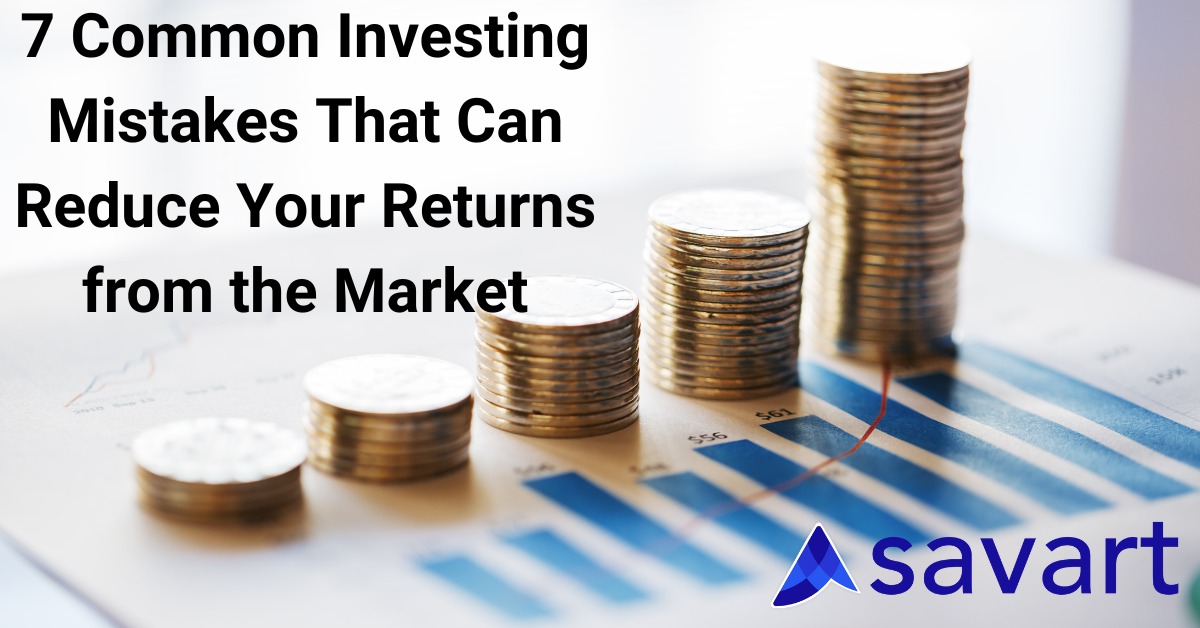How To Evaluate The Cash Of A Business?

Post-demonetisation and various steps undertaken by the Indian Government towards its Digital India initiative, many retail investors often wonder how do these companies have such high amount of cash on their balance sheets, how do these businesses generate so much cash and where is this cash stored. The cash on the balance sheets does not necessarily mean only physical cash but also includes liquid cash and cash equivalents in bank accounts of the business.
What is a Cash-Rich Business?
The business can be termed as cash-rich when the business has sufficient cash balance post clearing all its liabilities, debts and expenses. A cash-rich business means business with high liquidity and ability to invest in other business opportunities without raising any form of capital from an external source.
Being cash-rich does not always translate into a positive aspect for the business as the business might be foregone a lot of potential opportunities to expand its business operations or investing in other attractive avenues. At the same time, a low-cash position can also influence the stability, the ability to clear the liabilities and expenses of the business, as a result of this reduce its efficiency and growth opportunities.
It can be crucial for an investor to analyze the cash position of a business before making their investment decisions as evaluation of cash positions of businesses can help them understand the cash utilization of the business and the growth prospects of the business.
How to Evaluate Cash Position Using a Balance Sheet
Investors can look into the cash and cash equivalent section under the current assets in the balance sheet to understand and evaluate the cash position of a business. The cash and cash equivalent section provides a break-up of the currents assets of the business which are in the form of liquid cash, cash in bank, and other assets such as investments in Treasury bills, money market funds, marketable securities, short-term Government and Corporate bonds, etc. which can be immediately liquidated into cash.
The current asset section of the balance sheet provides a complete break-up and composition of liquid and non-liquid assets of the business.
Low Cash Position
Low cash position for a business can result in the business not being able to meet its financial and debt obligations, delaying in creditor and supplier payments, unable to modernize its existing infrastructure or investing in business expansion, merger and acquisition opportunities.
Companies with low cash position often have low growth potential as these businesses are unable to invest in attractive business opportunities and often are forced to forego opportunities due to lack of cash. Investors should be careful while investing in companies with low cash position as they have low growth potential.
High Cash Position
A high cash position is when a firm has adequate cash left after paying its debt obligations, creditors and expenses. A high cash position can help companies to sail through short periods of the difficult business environment, investing in expansion and growth opportunities or investing idle cash in high-return investment opportunities.
But, a high cash position does not always mean a positive indication. It can also imply that the company has foregone many investment and expansion opportunities, allowing its cash reserves to remain idle and unutilized. While cash is king, a king who remains idle and does nothing is useless. Excessive cash and cash equivalent on the balance sheet of a firm can indicate inefficient cash management within the firm.
Evaluating the Cash of a Business
Investors can evaluate the cash position of business by computing the Cash to Current asset ratio of the firm. It is a reflection of the cash and cash equivalents as a percentage of the total current assets of the balance sheet.
Cash to current asset ratio can be calculated using the formula of cash and cash equivalents divided by total current assets. The ideal proportion of idle cash on the balance sheet of a business may differ industry to industry; a basic thumb rule states that anything over 40% is considered as excess cash balance on the balance sheet.
Understanding the Source of Cash
While having some additional cash balance is always good for a business, it is also equally important for investors to analyze the source of cash and cash equivalents reflecting on the balance sheet of a business.
The cash flow statement of the firm can help investors to understand the source of cash on the balance sheet, i.e. whether the cash is generated from operations, investing activities or financing activities. It is important to check whether the cash is coming from operating activities or from the sale of assets which can be reflected in cash from investing activities. Investors should analyze the cash flow statements of multiple financial years and not a single year. This will help to analyze trends of generation and accumulation of cash and eliminate any one-off anomaly which can cloud the judgment of any investor.
One of the most popular ways to accumulate cash is through the retained earnings of the business. Investing in businesses who have accumulated a high cash balance is advisable as these businesses are highly profitable.
Another way a business can accumulate cash is by raising capital in the form of equity or debt. These businesses raise capital towards financing their business expansion plans. Investors can invest in such companies, but there can be risks involved in investing in such companies.
Businesses can also raise cash by selling off their assets. Businesses generally sell their assets either as a part of their divestment strategy or might be experiencing a fund crunch. Investing in such companies can be very risky, and it is advised to avoid investing in such businesses.
The Verdict
Investors can easily evaluate the cash position of the business by analyzing its balance sheet and evaluating the source of the cash by examining the cash flow statement. The cash to current asset ratio further aids in evaluating whether the business has a low-cash, adequate-cash or a high-cash position.
The cash position of a business can tell a lot about its growth potential and the efficiency of its management.
-

Individual investors engage in stock market activity for a variety of reasons, e.g., long-term gains, short-term gratification, experiencing daily highs/lows, learning, applying intellectual strategies, etc. Their approaches to achieving these objectives can be broadly classified as active or passive in terms of the time spent analyzing the markets and their frequency of transactions. Let’s understand […]
-

7 Common Investing Mistakes That Can Reduce Your Returns from the Market Investing is an exciting experience. But it can also overwhelm people, especially those who are starting afresh. By their very nature, stock markets go up and down – disciplined investors understand this, and develop strategies to reduce their risks during market lows (as […]

